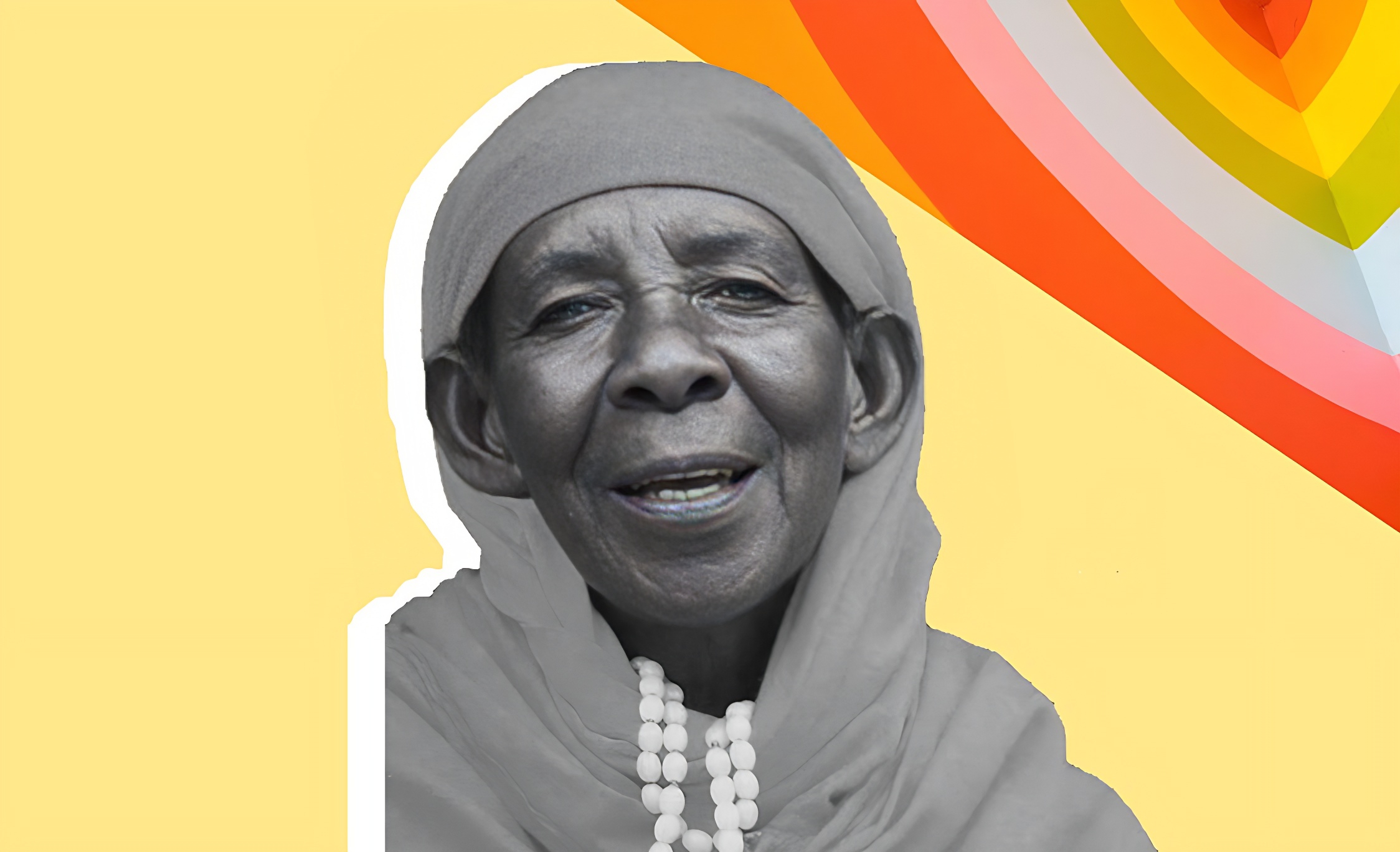In chronicling iconic women and their impact on the world as we know it, Document Women started exploring the life and times of Rwandan hero Zura Karuhimbi; we began by asking a few women what they thought about her and what she did during the Rwandan genocide.
In response, the women asked if Zura was given a national honour, and some others asked if the people she hid survived. One answer was constant, though; Zura Karuhimbi was brave.
Zura Karuhimbi was a Rwandan woman who intervened in the 1994 Genocide Against the Tutsi in Rwanda to prevent the deaths of more than 100 people. She was a traditional healer who sheltered refugees in her home while dissuading assailants by posing as a witch.
Zura’s date of birth is uncertain; some records state that she was born in 1909, while others say that she was born around 1925, as indicated on her state identification card.
She was born In the village of Musamo in the Ruhango District, about an hour’s drive from Kigali, the country’s capital. Her family practised traditional healing.
Karuhimbi was born to a family of traditional healers; she was still a child when the Belgians divided the Rwandan populace into several groups, complete with identity cards that indicated whether they were Hutu or Tutsi.
The predominant ethnic group in Rwanda, the Hutu, made up Karuhimbi’s family. The colonists gave the minority Tutsi access to better professions and educational possibilities because they believed them superior.
Karuhimbi also developed a reputation as a healer and possessed magical abilities. She saw conflict between the more numerous Hutu tribe and the ruling minority Tutsi during the Rwandan Revolution.
She later claimed that she had tied beads from her necklace into the hair of a two-year-old Tutsi boy in 1959 so that he could pass for a female and avoid being killed by Hutus, thus saving his life. Karuhimbi asserted that the boy developed into the Rwandan President, Paul Kagame.
Karuhimbi was an elderly widow during the 1994 Rwandan genocide, a resurgence of tribal violence that claimed the lives of over 800,000 people. She protected roving Hutu militias by assisting Tutsis, Burundians, and three Europeans.
The refugees were hidden by Karuhimbi in her two-room home and probably in a gap in one of her fields. She ultimately helped over 100 individuals, including infants she plucked from the arms of their deceased mothers.
Karuhimbi had a reputation for being inhabited by demonic spirits in order to scare away the Hutu militias. She coated herself and her home with natural herbs that were irritating to the touch to maintain her appearance as a “witch.”
Touching the killers with the substance, she pretended to curse them. She also shook her bracelets and rattled other objects to scare the men, saying it was the sound of angry spirits.
She maintained that her home was haunted and issued a warning that anyone attempting to enter would summon evil spirits and incur the wrath of God. She dangled her bracelet-adorned arms to emphasise her warnings and declared that if any refugees were slain inside her home, the killers would be “digging their own graves.”
Karuhimbi denied the militia’s offers of money to provide them entrance to her house. Those who took refuge with Karuhimbi were all spared from the genocide.
She used her reputation as a witch, a term used to degenerate, ridicule, and oppress women for centuries, to save lives.
She was never fully aware of what happened to the others she assisted. She was still residing in the home when she gave her last media interviews, but because of her poverty, it was beginning to fall apart around her.
In 2006, Rwandan President Paul Kagame presented her with the Campaign Against Genocide Medal in recognition of her contributions.
She still cherished the medal Mr Kagame gave her in 2006. She always wore it and kept it hidden beneath her pillow when she slept.
In “Is She really a Witch?”, Document Women had explored how women tend to be accused of occultic practices and ignorance would prevail. Zura Karuhimbi’s life is an exception to the multiple cases of women being outcast, harassed or even killed.
She claimed to be a Christian and that her witchcraft was only used as a deterrent to attack after the massacre. A niece took care of her since she was in need. She passed away on December 17, 2018, at her home.
Karuhimbi’s actions were a sign of her selflessness. Even though she lost her two children while trying to save the Tutsi people, everyone she risked her life to protect survived.

Leave a Reply